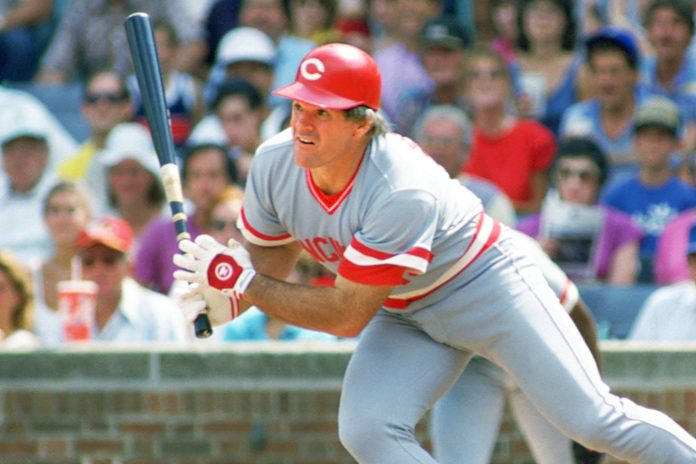Pete Rose, who was banned from baseball for gambling in 1989, passed away at his home near Las Vegas at the age of 83; the cause of death is currently unknown. However, in Tampa, as a young rookie, he first stepped onto the fresh green grass of Al Lopez Field in the spring of 1961, leading the Tampa Tarpons to the Florida State League title in his inaugural professional year.
Tampa’s affection for Pete Rose began in 1961, and it only grew stronger during his tenure from 1963 to 1978, when he was part of the Big Red Machine that dominated baseball for much of the 1970s, winning the World Series in 1975 and 1976. Seventeen years later, he left Cincinnati as a free agent to join the Phillies, staying in the Bay Area across the bridge in Clearwater for their training. During his time there from 1979 to 1983, he helped lead them to a World Series victory in 1980.
Rose moved to Montreal in 1984 but was traded back to the Reds later that year. Upon his return, he was named the player-manager of the team for two years, then continued solely as manager until 1988. Each season, Rose would return to Tampa for the Reds’ Spring Training, where he was always warmly welcomed.
Longtime Reds teammate and Hall of Famer Johnny Bench posted his reaction to Rose’s death in a social media post, saying: “My heart is sad. I loved you Peter Edward. You made all of us better. No matter the life we led. No one can replace you.”
A 17-time All-Star, the switch-hitting Rose played on three World Series winners. He was the National League MVP in 1973 and World Series MVP two years later. He holds the major league record for games played (3,562) and plate appearances (15,890). He was the leadoff man for one of baseball’s most formidable lineups with the Reds’ championship teams of 1975 and 1976, featuring Hall of Famers Perez, Bench and Joe Morgan.
But no milestone approached his 4,256 hits, breaking his hero Ty Cobb’s 4,191 and signifying his excellence no matter the notoriety which followed. It was a total so extraordinary that you could average 200 hits for 20 years and still come up short. Rose’s secret was consistency, and longevity. Over 24 seasons, all but six played entirely with the Reds, Rose had 200 hits or more 10 times, and more than 180 four other times. He batted .303 overall, even while switching from second base to outfield to third to first, and he led the league in hits seven times.
“Every summer, three things are going to happen,” Rose liked to say, “the grass is going to get green, the weather is going to get hot, and Pete Rose is going to get 200 hits and bat .300.”
He moved into second place, ahead of Hank Aaron, with hit No. 3,772, in 1982. No. 4,000 was off the Phillies’ Jerry Koosman in 1984, exactly 21 years to the day after his first hit. He caught up with Cobb on Sept. 8, 1985, and surpassed him three days later, in Cincinnati, with Rose’s mother and teenage son, Pete Jr., among those in attendance.
Rose was 44 and the team’s player-manager. Batting left-handed against the San Diego Padres’ Eric Show in the first inning, he smacked a 2-1 slider into left field, a clean single. The crowd of 47,000-plus stood and yelled. The game was halted to celebrate. Rose was given the ball and the first base bag, then wept openly on the shoulder of first base coach and former teammate, Tommy Helms. He told Pete Jr., who would later play briefly for the Reds: “I love you, and I hope you pass me.” He thought of his late father, a star athlete himself who had pushed him to play sports since childhood. And he thought of Cobb, the dead-ball era slasher whom Rose so emulated that he named another son Tyler.
In his post-baseball life, he did make it to a few honorary associations. The Reds voted him into the team’s Hall of Fame in 2016, the year before a bronze sculpture of Rose’s iconic slide was unveiled outside of Cincinnati’s Great American Ball Park, and retired his uniform number.
Rose the man was never inducted into Cooperstown, but his career was well represented. Items at the Baseball Hall include his helmet from his MVP 1973 season, the bat he used in 1978 when his hitting streak reached 44 and the cleats he wore, in 1985, on the day he became the game’s hits king.







